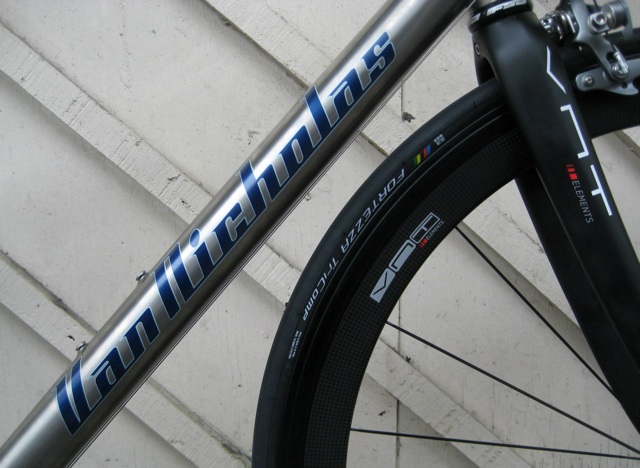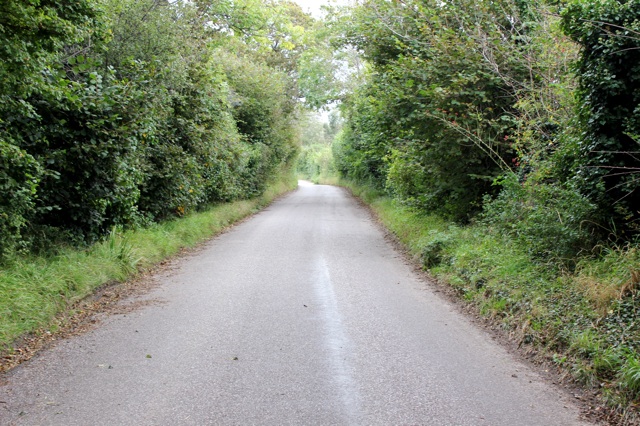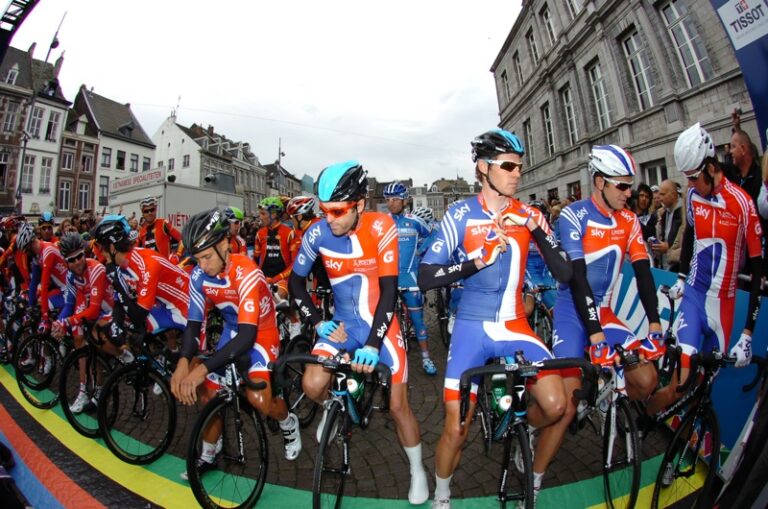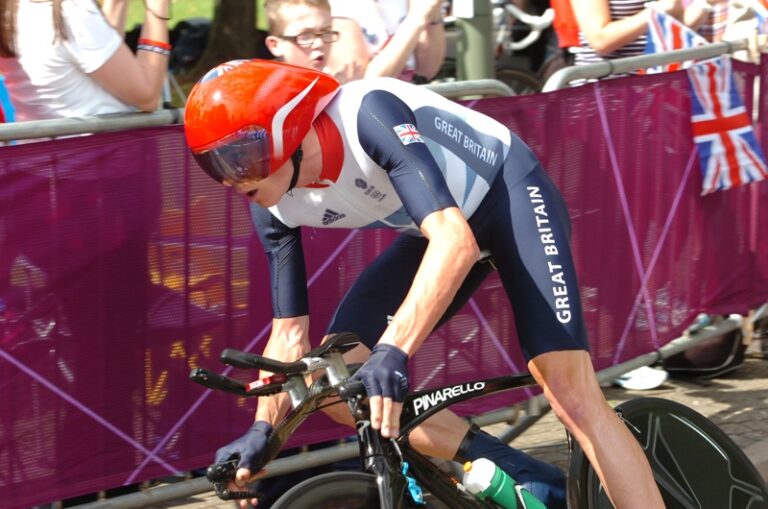As cyclists, we are lucky.

We have a sport or hobby which can give us enjoyment in many different and individual ways. We get out what we put in, and we can relish or ignore the technical aspects or mechanical workings if we wish. There are some riders who have no mechanical sympathy and turn to the LBS for even the simplest of repairs. They are by no means the slowest of a local peloton; they merely choose not to get stuck into the minute details of bike ownership.
Equally there are riders we can turn to who have an array of tiny bolts in labeled boxes, whose hands without thinking wrap handlebar tape in the right direction on either side of a new pair of drops, who own a headset press and facing tools. They may not be the fastest in a group, but they understand their machine and make it work for them. Naturally there is a mixture of people who fall betwixt the two camps, and many who fall into their own particular category of rider.
There are topics which divide us, and heated discussions to relish over a coffee and cake stop. Favourites are naturally obvious; are you a Shimano, SRAM or Campagnolo rider, or another hardy perennial: what material are you riding? We are lucky: steel, aluminum, titanium, carbon fibre, even short lived dalliances with magnesium and other such strange materials in the periodic table, appear and disappear.
The Test Rig is a Reynolds 725 frame, a good and reasonable steel tube which offers all the simple benefits of the material, but occasionally demonstrates its shortcomings. It offers comfort and the spindly aesthetic of a classic steel machine, but also a weight penalty. The last might be mitigated by greater investment than required by Genesis’ modest marvel. ‘Spend more, get more’ is an adage especially applicable to steel bicycles. The Colnago Master is beautiful, the ride quality remains excellent even by contemporary standards, and the stiffness (that much bandied phrase), is more apparent than in the humble Equilibrium. It is lighter too, but we are adding new elements to the tubing mix. The recently tested Condor Super Accacio dressed steel in the modern fashion, oversized in places for race performance, shaped and formed in different ways to alter the ride, an excellent demonstration that steel is surprisingly one of the most versatile of base materials.

Aluminum frames have flooded the market. They are necessarily stiff, but early chassis were amazingly harsh. Lower end models now frequently suffer from the same problems. Greater investment, however, can blur the boundaries between steel and aluminium. In the hands of a craftsman like Pegoretti, for example, aluminium can be made compliant.
Hydro-forming has allowed manufacturers to shape aluminum in ways that steel builders and latterly carbon experts have been able to for years. The silhouette of a frame is now frequently part of a brand’s identity. Marketing may lay behind more unusual shapes. Buyer beware.
Titanium, titanium, titanium. A wondrous material, seemingly the answer to so many of a cyclist’s wishes. Able to withstand the ravages of seasons, it can be made stiff, light, strong, or flexible. But we find that not all titanium is equal. Some contemporary titanium machines can feel heavy and sluggish, with no discernible merit. Money would be have been better spent purchasing a high quality steel frame.
Begin to understand the material and the work of Independent Fabrication, Moots and a few others demonstrates all the qualities and joy of a titanium frame with impressive craftsmanship, attention to detail and beauty. The point here is not that a good quality titanium frame must necessarily be expensive. Van Nicholas have made good quality titanium affordable; Genesis may have achieved this with their new Equilibrium Ti.

Carbon brought something new to the market, and the cycle industry has developed an understanding of this fabric. As with titanium, carbon appears to offer everything that a cyclist might want in a frame; a seemingly enviable way of tuning every aspect of the ride. However, not all carbon is created equal and resin is used to fill and seal up poorly made frames. Commonly, inflatable bladders are used in the construction of frames, although lugs and resin molds are also used. The best chassis offer exactly what we need: stiffness, rides tuned for comfort or racing, elegant lines and, importantly, lasting quality.
The choice of frame material can often be distilled to the type of rider you are. Talk to people, understand what you want and need in a bicycle, learn a little about materials and manufacturers if you’re unsure of your preference. If you don’t instinctively label boxes of bits, or turn pale at the thought of truing a wheel, allow yourself to become a little of that type of rider – it will only improve your enjoyment of this wonderful sport.





